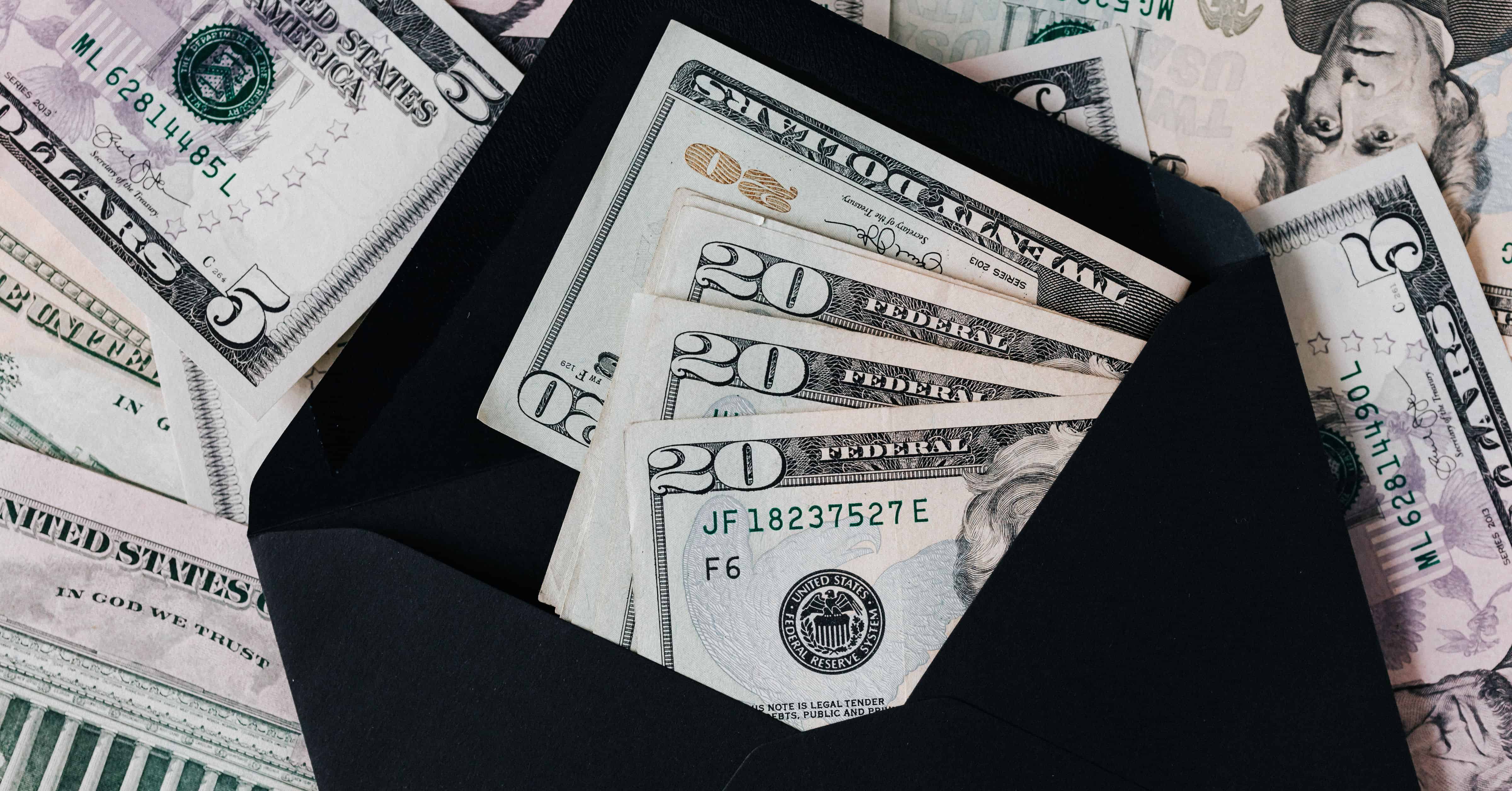Life consists of many different, and small, actions that create outcomes in a desired manner. This is a double-edged sword for many of us. Should we wish to purchase a new car or save for the future education of our children? Can we live in the current home or should be buy a much larger one?
The biggest challenge that American citizens face is one of priorities. Our country offers so much in potential personal and financial growth opportunities it becomes overwhelming for many people causing difficulties. Do I wish we had a different system than the current capitalistic markets? No way! However, I do wish to help people make more sound decisions with their hard-earned money.
An analysis of the savings rate, defined as the ration of money saved by individuals or families to their disposable income (income after taxes), reflects periods of time in which savings diminishes far below the required level to sustain the futures of the savers. Based on a review of the personal savings rate in the United States for the years 1960 – 2020, savings ranges were a low of 3.6% in 2007 and a high of 13.7% in 2020.
The explanations for the differences in savings rates could be many different reasons – concern for the future due to the pandemic as in 2020 or loss of a job due to economic downturn effects. One obvious impact for savings is the need for short-term may be the purchase of large, durable goods such as cars, appliances for the home, etc. Savings for long-term needs may be for the purchase of a home, college education for the children, retirement funding needs as well as many other purposes.
According to research performed by Jack Caporal of The Motley Fool, 40% of Americans are afraid they won’t be able to retire because of setbacks caused by the pandemic. One method of mitigating the impact of economic emergencies beyond your control is save more money. I know, this is simply said and difficult to accomplish.
To reach your goal of saving more for the future, you must be honest with yourself and know exactly where you are today. If you are saving 3% of your after-tax income and wish to be saving 10% of after-tax income, this is quite a large difference in your lifestyle. One of the best means of saving for the future is the pre-tax contributions to your employer’s retirement plan. If you don’t receive the money in hand, the likelihood that your lifestyle will not conflate to a higher level is remote. My mother’s old adage of, “Out of sight, out of mind,” bears out this truth about money.
Second, record and analyze every penny of after-tax dollars that you spend over a two-week period. Earnestly think about the future and how you might be able to limit your spending in areas that aren’t positive in your life such as smoking or tobacco use. By saving the money he would have spent on cigarettes, my older brother informed me that he had an additional $3,118 in his savings and, as a bonus, felt better about himself. If that isn’t a win-win situation, I don’t know that I could think of one!
Cash flow management is the foundation to financial success. All things spring from the flow of cash and assets in our lives. Live your life as you wish; however, if you want to live longer, quit worrying about the daily costs of life and truly enjoy your senior years, you must start today. One of the best actions to start saving and stay focused on the long-term perspectives you wish to achieve is to seek out a coach or someone that can give you honest advice for your best interest. A CERTIFIED FINANCIAL PLANNER™ professional can help you plan for the best outcomes in your life. What you do today is critical for your life. Your future depends on it.





